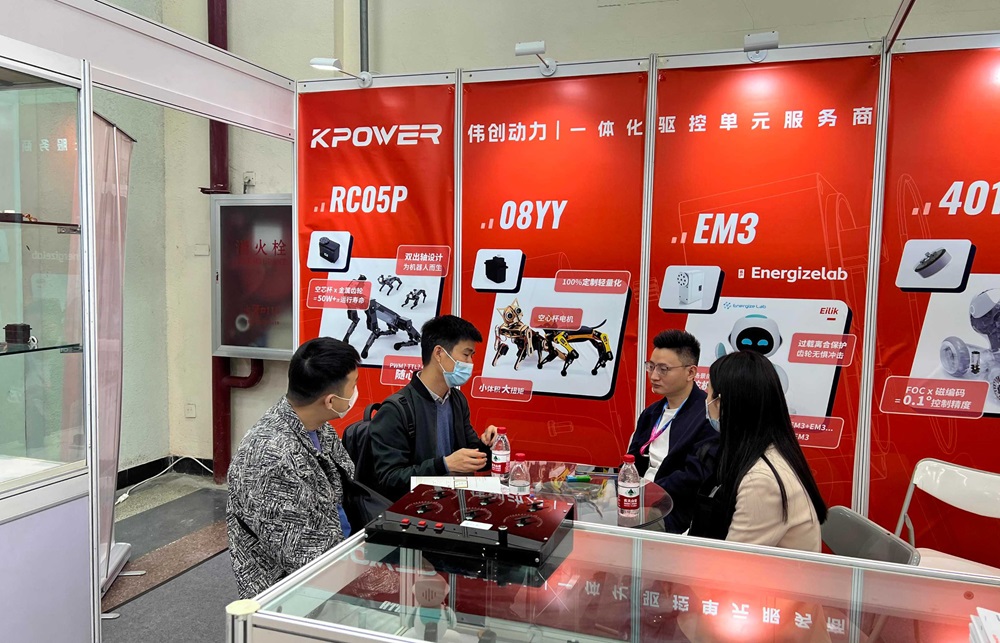In the realm of industrial innovation and mechanical mastery, electric gear motors stand out as silent yet potent heroes. Their ability to deliver controlled, reliable motion makes them essential across a spectrum of applications—where precision matters just as much as power. Among the many types of gear motors, those operating at low revolutions per minute (rpm) have carved out a niche that is both fascinating and highly practical.

At first glance, the idea of a motor running at a low rpm may seem to suggest sluggishness or a lack of performance. But the truth is quite the opposite. Low rpm electric gear motors are intricately designed to maximize torque while minimizing speed, making them ideal for tasks where precision and force are paramount. These motors excel in environments where delicate handling, fine adjustments, or heavy lifting at slow speeds is required.
Imagine a manufacturing robot arm tasked with assembling tiny electronic components—absolutely minute parts require not just delicacy but precise control over movement. Here, low rpm gear motors come into play, providing smooth, accurate motion that ensures each component is placed flawlessly. The gear reduction mechanism is key, transforming high-speed, low-torque input from the motor into high-torque, low-speed output suitable for such sensitive operations.
The beauty of these motors lies in their design versatility. By selecting the appropriate gear ratio, engineers can tailor the motor's output to meet specific operational needs. This customization unlocks a realm of possibilities: from conveyor systems that slowly and steadily feed items through a process, to medical devices where gentle, controlled movements are critical. The adaptability makes low rpm gear motors a cornerstone in industries demanding reliability and precision.
Durability is another defining trait. These motors are built with high-quality materials and engineered for longevity. Whether used in heavy-duty machinery or intricate automation setups, their robust construction ensures consistent performance over years, with minimal maintenance. Furthermore, their ability to operate smoothly at low speeds reduces wear and tear, prolonging the lifespan of both the motor and the machinery it's integrated into.
Efficiency balances the equation too. While high-speed motors often waste energy during slow operations, low rpm gear motors are optimized to deliver power where it's needed most, reducing energy consumption and operational costs. This makes them not only technologically advanced but also environmentally friendly options for sustainable manufacturing.
The field of automation, in particular, has benefited immensely from low rpm electric gear motors. As factories move towards smarter, more precise production lines, these motors underpin advancements such as automated pick-and-place machines, precise dosing systems, and custom robotics—each requiring careful, slow, but powerful motion control. They seamlessly bridge the gap between raw power and refined execution.
An in-depth understanding of gear technology reveals why these motors perform so well at low speeds. Gears provide the mechanical advantage: reducing the motor's shaft speed while increasing torque output. This gear reduction can be achieved through planetary gears, spur gears, or worm gears, each offering different benefits concerning efficiency, backlash, and load capacity. The combination of high-quality gearboxes with electric motors produces a system that’s not only powerful but also adaptable to various operational conditions.
But what about the control aspect? Modern low rpm gear motors integrate advanced electronic controllers that permit refined speed regulation and positioning accuracy. Through technologies like pulse-width modulation (PWM) and feedback systems such as encoders, operators can achieve millimeter-level precision. This control enhances performance and flexibility, making these motors suitable for applications that require both gentle motion and rapid responsiveness when needed.
The applications extend beyond traditional manufacturing. In the entertainment industry, for example, precise low rpm motors drive camera rigs, stage machinery, and animatronics—where slow, smooth, deliberate movements create captivating spectacles. Meanwhile, in agricultural and forestry machinery, low rpm gear motors power conveyors and automated systems that handle heavy loads with grace and reliability.
All these qualities—power, precision, durability, efficiency, and adaptability—highlight why low rpm electric gear motors are more than just mechanical components. They are integral enablers of modern innovation, bridging the gap between raw electrical power and finely tuned mechanical output. As industries continue evolving towards smarter, more sustainable solutions, these motors are poised to remain at the forefront of technological progress, quietly powering the machines that shape our future.
I'll prepare the second part of the article, which will continue to delve into specific applications, technological advancements, and future prospects of low rpm electric gear motors. Please hold on!
Established in 2005, Kpower has been dedicated to a professional compact motion unit manufacturer, headquartered in Dongguan, Guangdong Province, China.




































